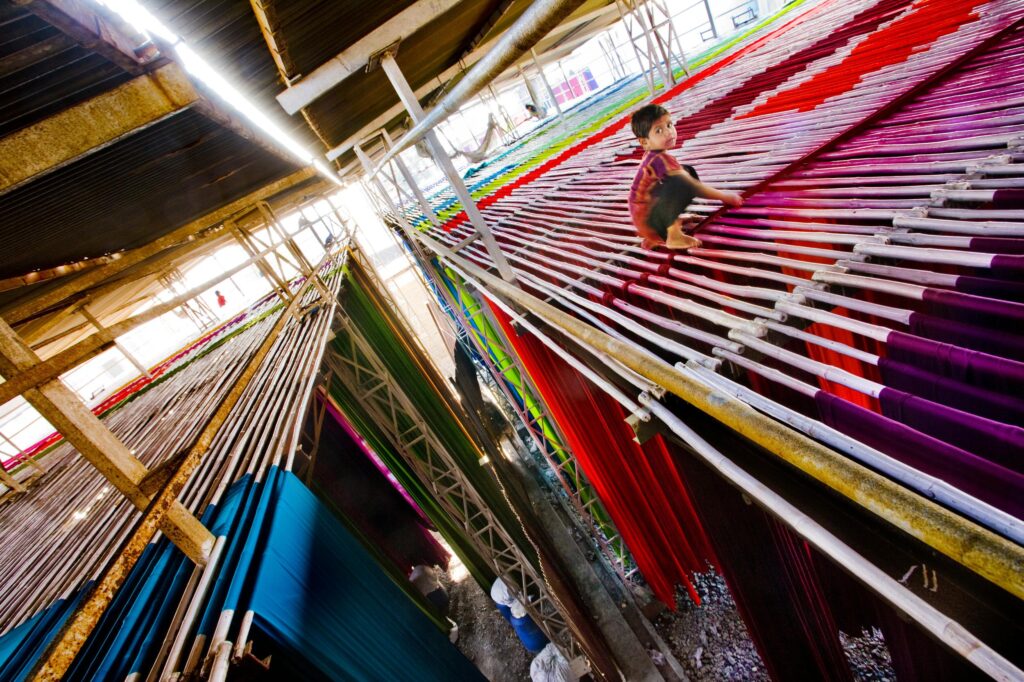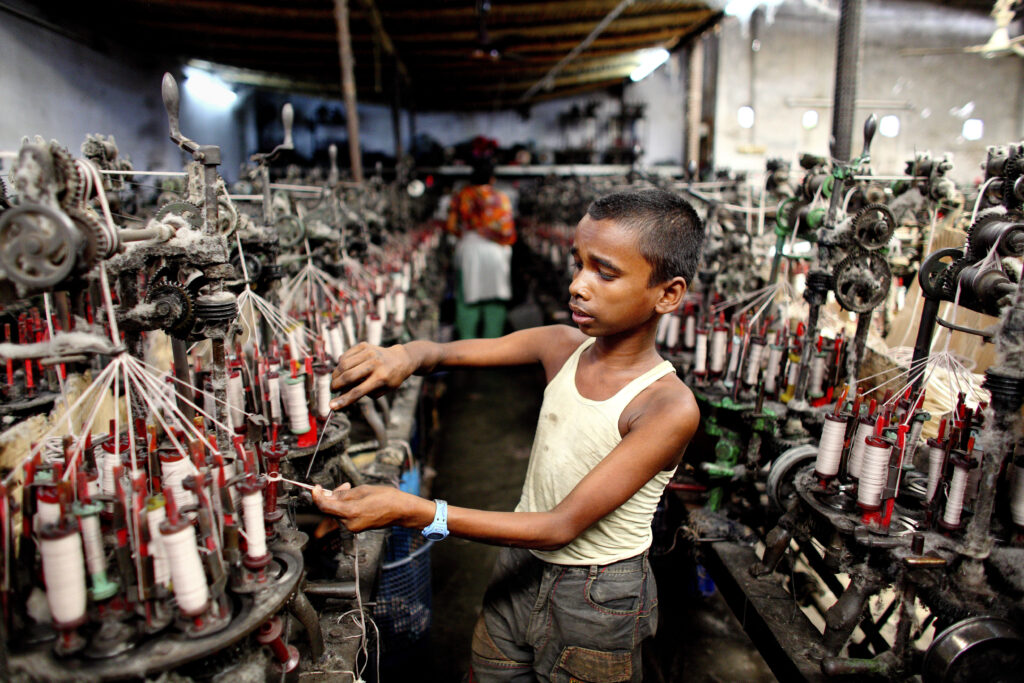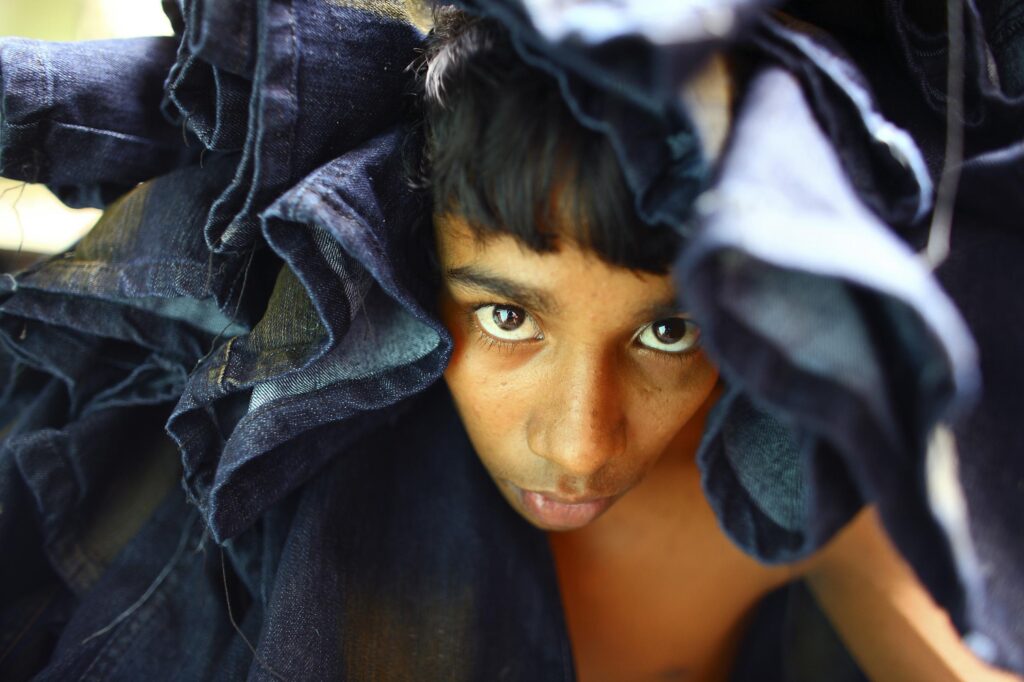Child labour in the fashion supply chain
Around 260 million children are in employment around the world, according to the International Labour Organisation. Of them, the ILO estimates that 170 million are engaged in child labour, defined by the UN as “work for which the child is either too young – work done below the required minimum age – or work which, because of its detrimental nature or conditions, is altogether considered unacceptable for children and is prohibited”.

While the situation is improving, ILO estimates suggest child labour has declined, but still 11% of the world’s children are in situations that deprive them of their right to go to school without interference from work. Many of these child labourers work within the fashion supply chain, making the textiles and garments to satisfy the demand of consumers in Europe, the US, and beyond.
Why does it exist ?
Fast fashion has engendered a race to the bottom, pushing companies to find ever-cheaper sources of labour. That cheap labour is freely available in many of the countries where textile and garment production takes place.

Sofie Ovaa, global campaign coordinator of Stop Child Labour, says: “There are many girls in countries like India and Bangladesh, who are willing to work for very low prices and are easily brought into these industries under false promises of earning decent wages.”
Child labour is a particular issue for fashion because much of the supply chain requires low-skilled labour and some tasks are even better suited to children than adults. In cotton picking, employers prefer to hire children for their small fingers, which do not damage the crop.
Children are seen as obedient workers who slip under the radar, making them easy to manage. Ovaa says: “There is no supervision or social control mechanisms, no unions that can help them to bargain for better working conditions. These are very low-skilled workers without a voice, so they are easy targets.”

According to the International Labour Organisation an estimated 170 million children are engaged in child labour, or 11% of the global population of children, with over 6 million of them in forced labour.
Employers get away with it because the fashion supply chain is hugely complex and it is hard for companies to control every stage of production. That makes it possible to employ children without big brands and consumers ever finding out.
Find out more
You can find out more by reading the full article in the Gaurdian, which was created in collaboration with Unicef to help shed some light on what is happening to the worlds children. Just follow the link to https://labs.theguardian.com/unicef-child-labour/




